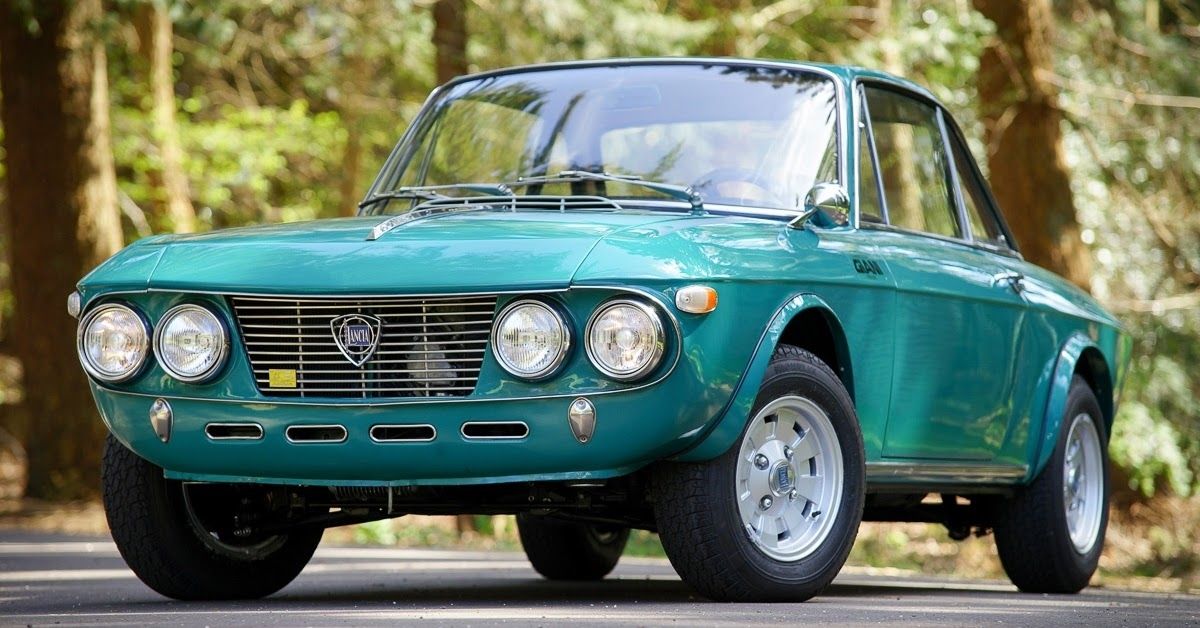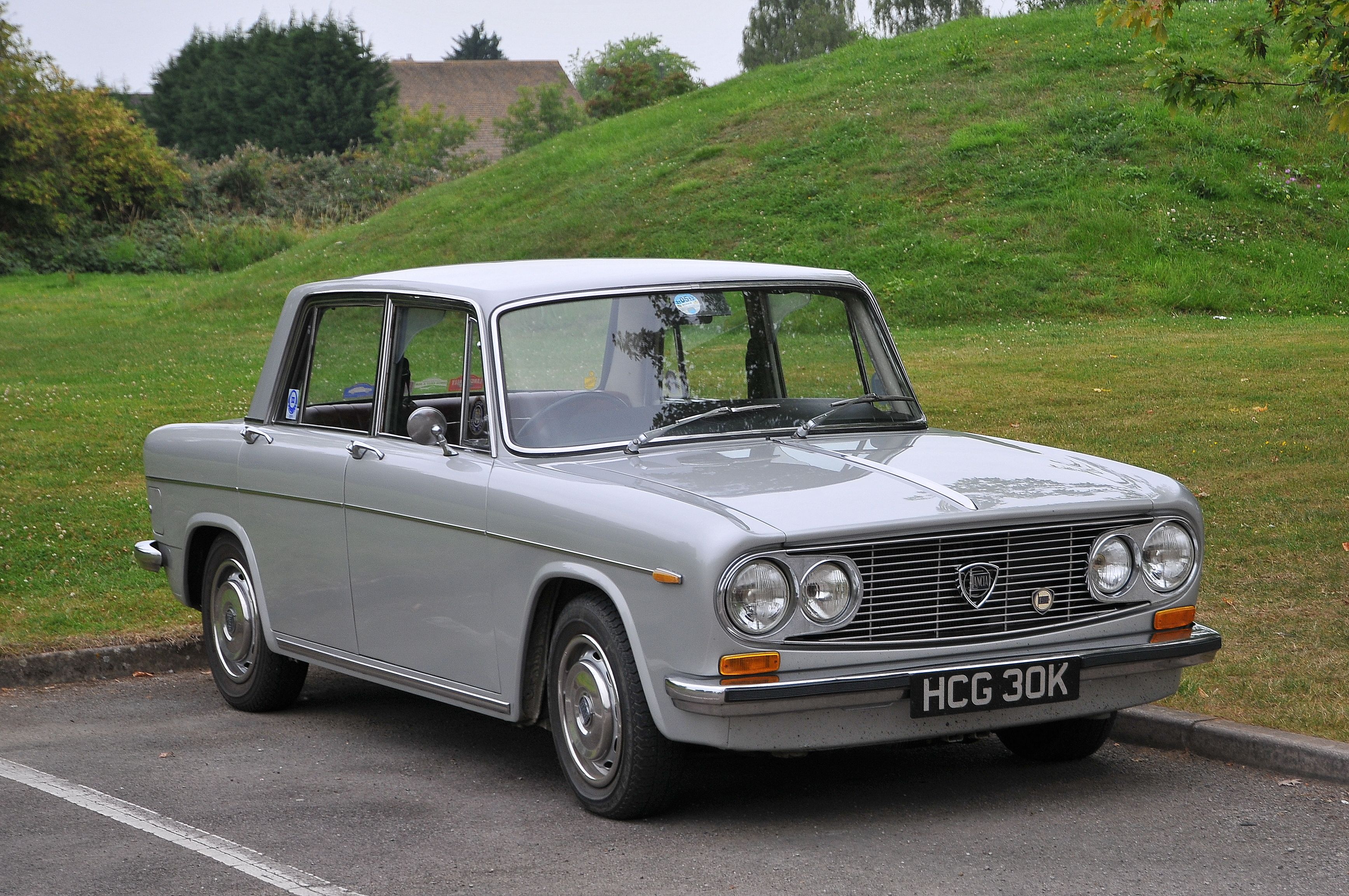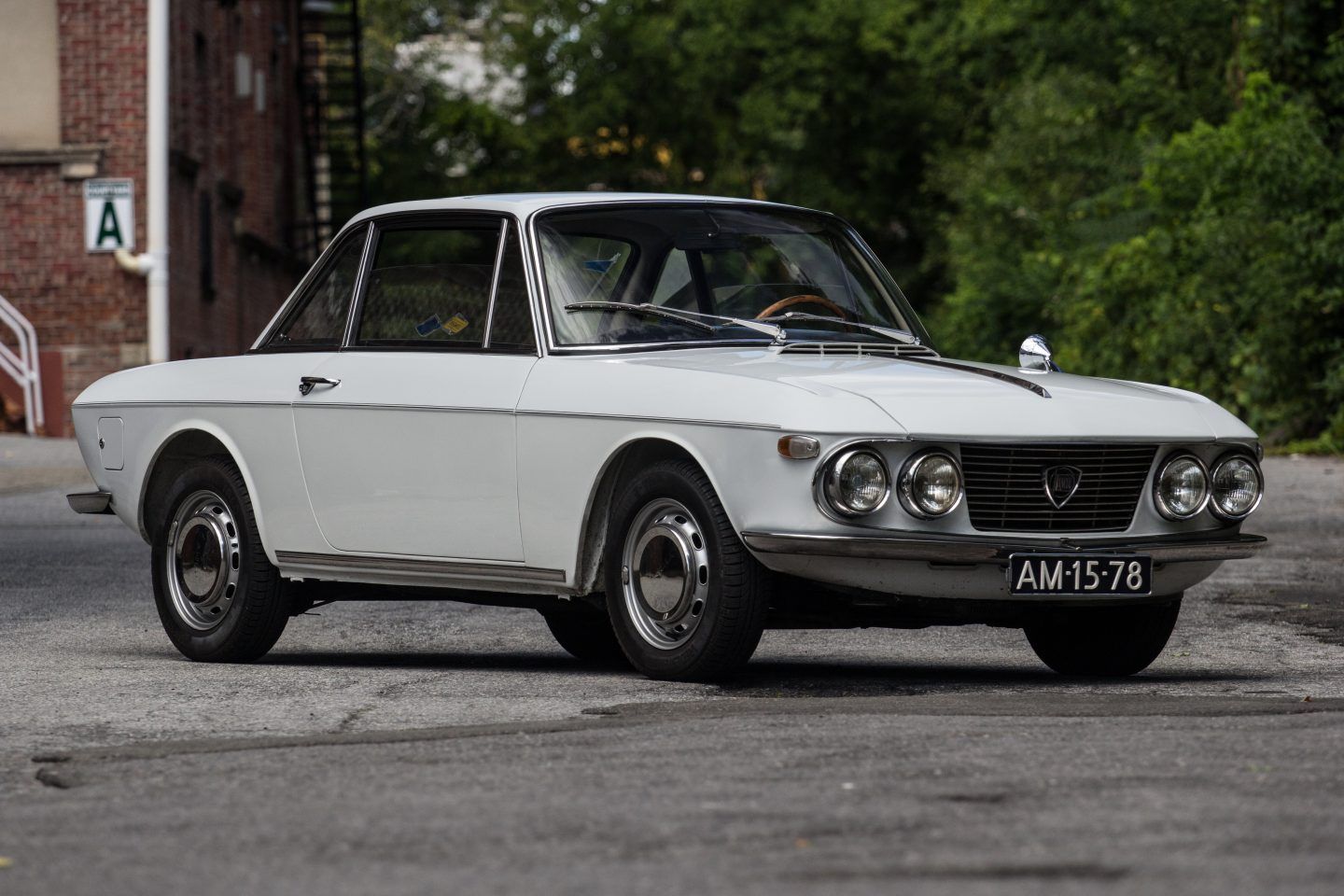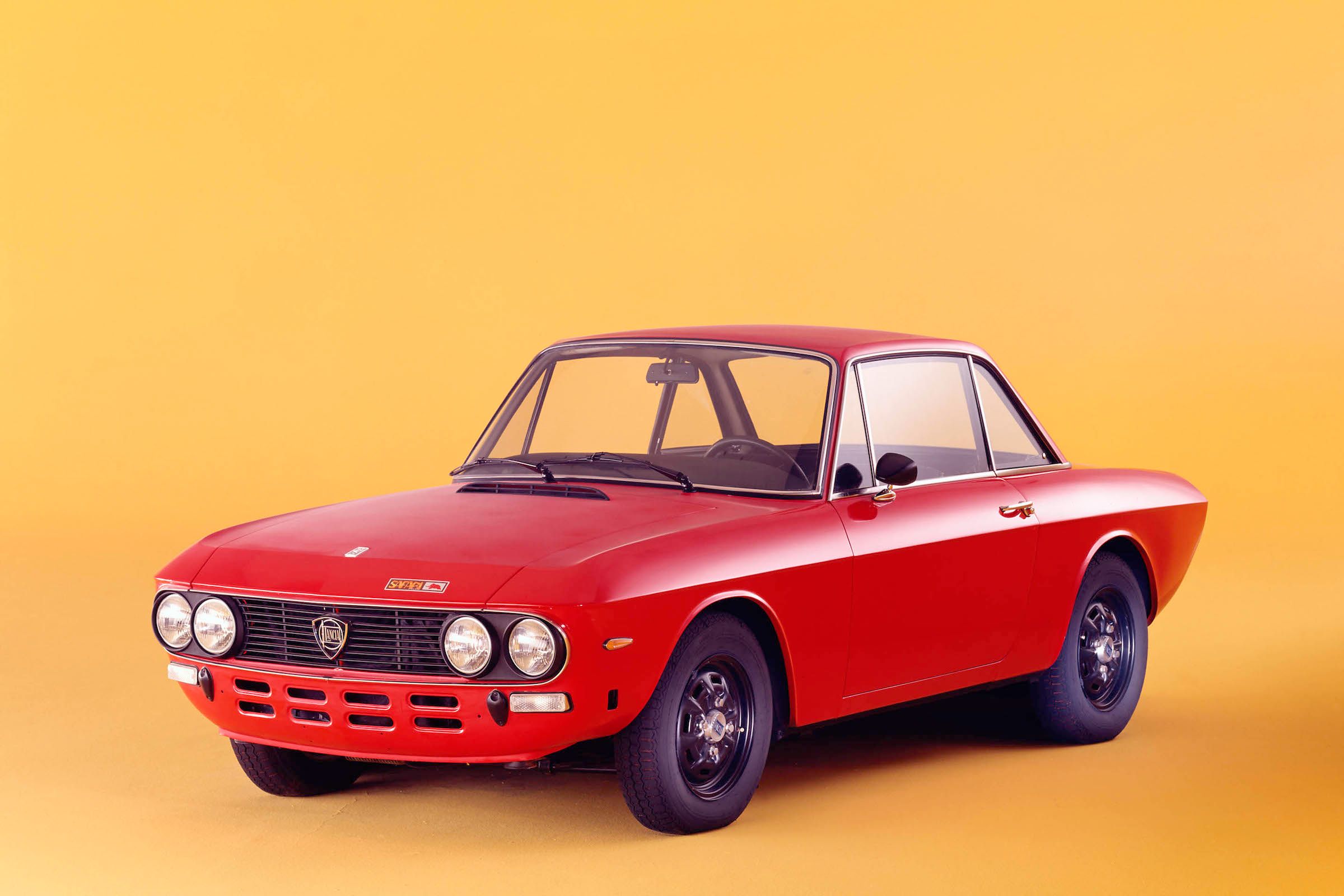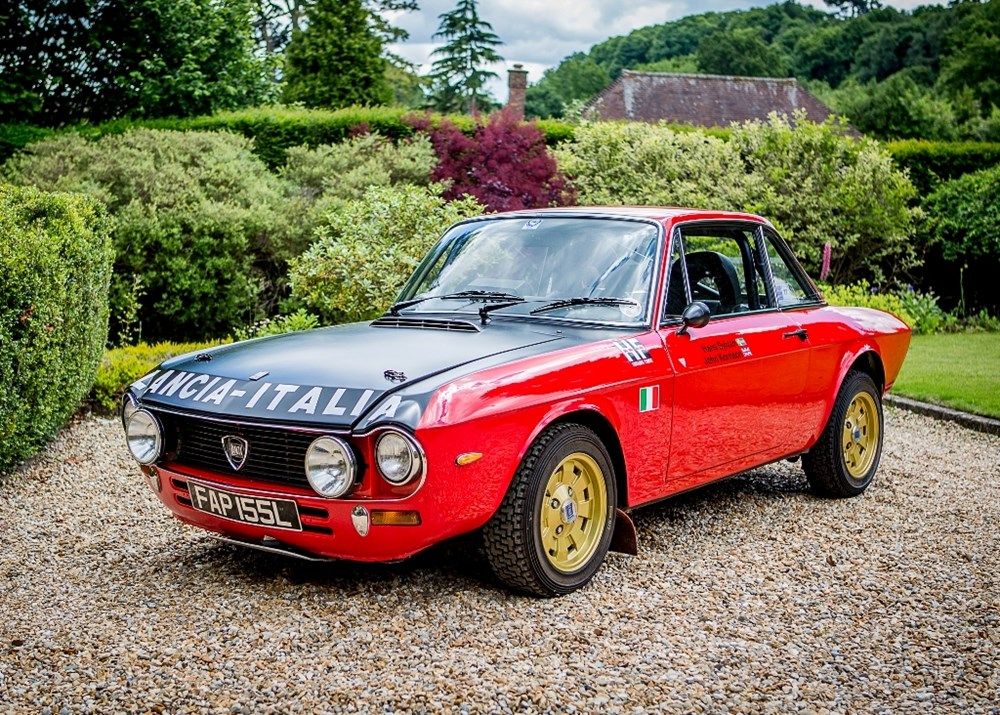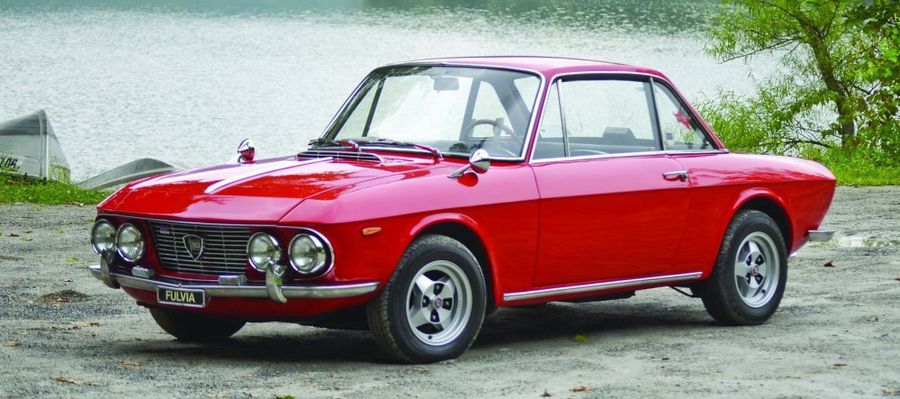When it comes to Italian car manufacturers, the ones that most likely spring to people's minds are Ferrari, Lamborghini, and Maserati. And that is understandable. These three are perhaps the biggest in the country, with honorable mentions going to Fiat and Alfa Romeo as well. For many years, though, there was another Italian car company that produced some fine automobiles. A company that utterly decimated its opposition in the World Rally Championship, and one that sadly today's has become just a shadow of its former self. That company is of course Lancia.Lancia is a company that used to produce some of the greatest road and rally cars ever seen. Some of them are instantly recognizable when we hear the names. There is of course the Stratos, Delta Integrale, and the 037. Then we have the Monte Carlo, a car that probably isn’t as well known as the previous trio. Another car that perhaps doesn’t get quite the same attention is that of the Fulvia, despite being the first Lancia to win a world rally title. It is a truly special car, and a highly important one in the history of the great Lancia company.
Fulvia Origins & Basics
The Fulvia very much had humble beginnings before it became the world-famous rally car we know today. Produced between 1963 and 976, the Fulvia was named after the Via Fulvia Roman road that stretched from Tortona to Turin. It made its first appearance at the 1963 Geneva Motor Show, and it was designed to replace the aging Lancia Appia. Whilst the Appia was rear-wheel drive, the Fulvia shifted philosophy and was a front-wheel-drive car, similar to the Lancia Flavia in which it shared much of its general design. The Fulvia though was a much refined and improved model.
To power their latest creation, Lancia utilized its DOHC V4 engine, a narrow-angle affair that was a new design by Zaccone Mina. It wasn’t the most powerful engine in the world. It started out at just 1091 cc which equated to roughly 57 hp, but would peak with a 1,584 cc, or 130 hp engines, after some reworking later in the Fulvia’s existence. Lancia also produced a huge array of variations of the Fulvia, so many in fact that you could dedicate an entire article just listing each edition of the car!
Fulvia Variants And Rallying
Variants of the Fulvia stretched from the Series 1 Berlina’s and right up to the Series II Fulvia Sport’s, first seen in 1970. Perhaps the most recognizable Fulvia variants though were the Coupe’s, which were first introduced in 1965. These would ultimately become famous on the world rally stage, and the Coupe would become the last Fulvia model to be discontinued before being replaced by the Beta Coupe in 1977. The Fulvia took Lancia back into motorsport competition after they pulled out of Formula 1 in 1955, absorbing the HF Squadra Corse squad to form a factory Lancia rally effort.
The 1965 Rallye HF was the first rally edition of the car, with special HF versions going on public sale so as to homologize further improvements to the Fulvia. Lancia created a new 1.6-liter V4 engine for the car that first raced in the Fulvia in 1967, and boy did it pay off. Lancia won all but one Italian Rally Championship from 1965 to 1973, with the only exception being 1970. In 1972, the Fulvia and Lancia won the International Championship for Manufacturers, the forerunner of the WRC and thus the first world rally title for Lancia.
Rallying Success
Remarkably, the Fulvia won that rally title two rounds early, and the car then won its second European Rally Championship in 1973 as well. What made the Fulvia such a mighty car in the rallying scene was its superb handling, thanks to its independent suspension setup with front wishbones and one leaf spring. At the back, the Fulvia had a beam axle and panhard rod with leaf springs, allowing the Fulvia to roll beautifully through the corners. The Fulvia was ultimately the car that started Lancia’s incredible run of success in rallying. The Stratos replaced the Fulvia in 1974 and won Lancia its second world title, but it was aided by points scored earlier in the year by the Fulvia. The Fulvia had certainly earned its retirement.
A Truly Special Lancia
The Fulvia is special because of the era it kick-started. Thanks to the roots the car laid down, Lancia would go on to become the undisputed kings of the World Rally Championship, and to this day they are still the manufacturer with the most wins in the series. It might not have been as striking or as powerful and fast as the likes of the Stratos, 037, and Delta Integrale. But it was arguably a more historically significant car for the Lancia brand than either of those two models. Without it, the rallying scene from the 1970s to the 1990s could have been very different indeed.
Sources: Hemmings, Auto Express, Wikipedia, Ehrlich Motorwerks, Historics, Petrolicious, All Cars For Sell New Zealand

